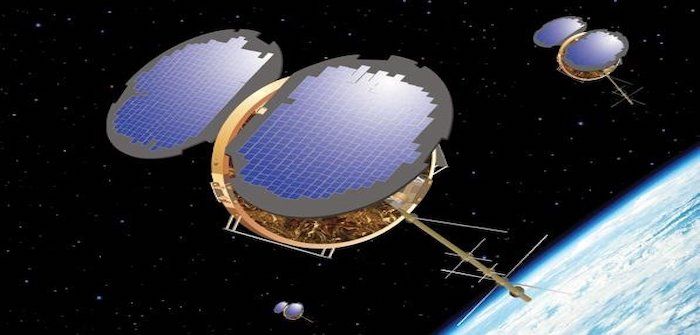The COSMIC/FORMOSAT-3 partnership satellite has been decommissioned after 14 years of operations.
Launched in 2006, COSMIC/FORMOSAT-3 was important for its mission and breakthrough technology, improving NOAA’s weather prediction, climate monitoring and space-weather forecasting.
Its fleet of six small, low-orbiting satellites was the first constellation to provide real-time atmospheric data over thousands of points across the planet for research and operational forecasts.
It measures the bending of radio signals from the US GPS as the satellites pass through Earth’s atmosphere.
Called COSMIC (Constellation Observing System for Meteorology, Ionosphere and Climate) in the USA and FORMOSAT-3 in Taiwan, the mission resulted from an agreement between the American Institute in Taiwan and the Taipei Economic and Cultural Representative Office in the USA.
The satellite array was based on a system design provided by the University Corporation for Atmospheric Research (UCAR) based in Boulder, Colorado.
NOAA, NASA, the National Science Foundation, the US Air Force and the US Navy funded UCAR to process the science data and perform ground station downlink operations.
Since April 2008, NOAA has provided uplink and downlink services at Fairbanks Command and Data Acquisition Station and Wallops Command Data Acquisition Station.
Downlink only has come via the Kongsberg Satellite Services Tromso station through NOAA agreements with the Norwegian Space Agency.
Steve Volz PhD, assistant NOAA administrator for its Satellite and Information Service, said, “COSMIC opened the door for smart uses of radio occultation data, where today, this type of information is a mainstream source flowing into NOAA’s weather prediction models.”



